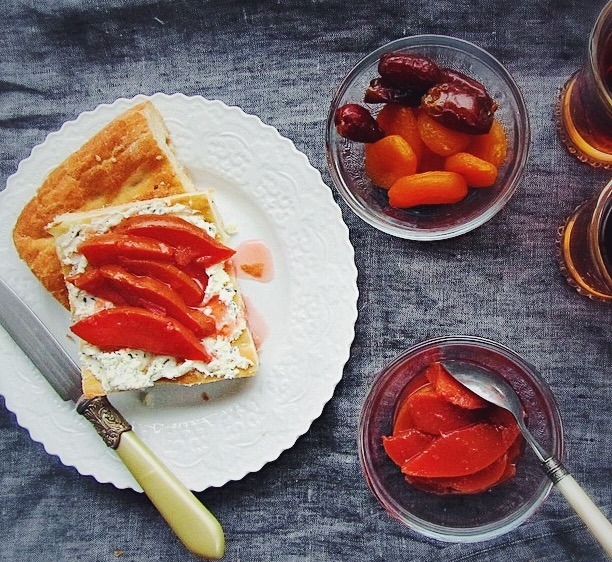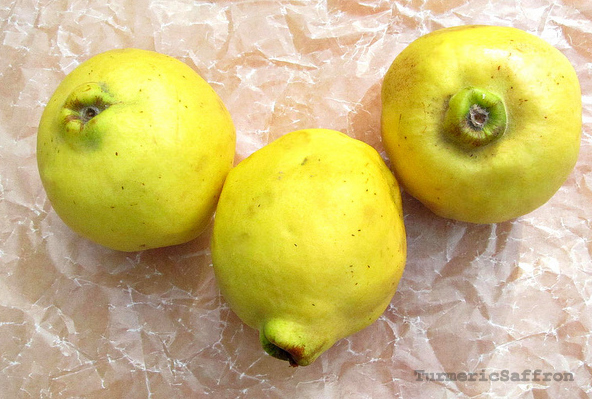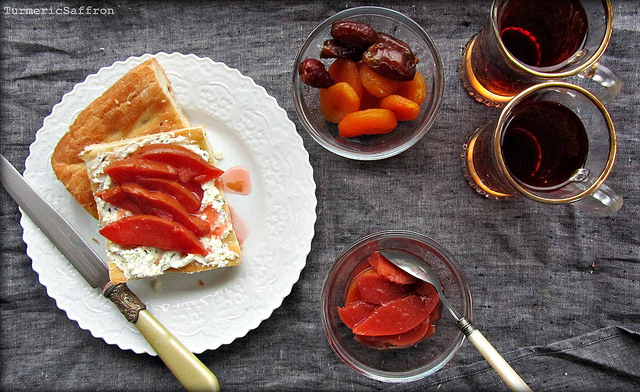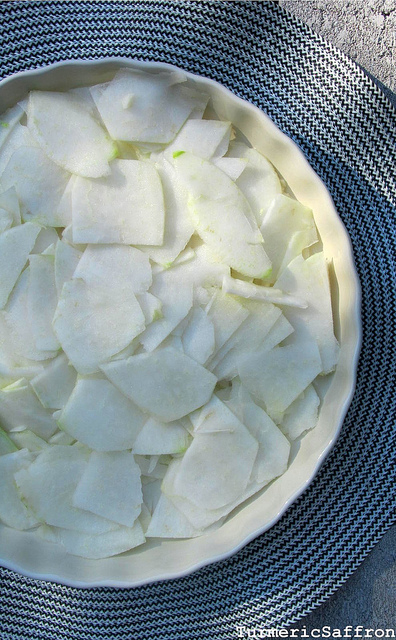Almost every meal that we ate at home was cooked by my mother from start to finish, since she would not allow any helpers to cook for us. She was very picky when it would come to cooking and eating. Of course baking was an exception to this rule. My mother would use zardchoobeh (turmeric) extensively to enhance the flavor and improve the aroma of meat dishes, stews and any recipe that involved using lamb or chicken. When making the traditional abgousht/abgoosht (lamb stew) she would add a full teaspoon of turmeric to the boiling water before adding the lamb shanks and the other ingredients, a cooking technique that I only saw in her kitchen. Zaferan (saffron) on the other hand was used in most rice dishes and some sweets such as shole-zard to give a bold flavor, gorgeous natural orange-reddish color and a delicious aroma. She would usually pour a estekan (small tea cup) of saffron-water mixture over the parboiled rice in the pot before placing the towel covered lid back on the pot to steam. My mother had a vast knowledge of herbal medicine, plants, food ingredients as well as how to make healthy food choices. It is not only writing down my mother's recipes and my memories of growing up in Iran that bring me joy and keep me connected to my roots but more importantly it's the simple sharing of my mother's recipes that I find even more fulfilling.
For this sweet occasion I'm making سوهان عسلی sohan asali (honey and almond candy). For best results I recommend using butter instead of vegetable oil. Even though flavored honey is not used in making this candy I like to use the orange blossom honey for an added flavor. I would also like to lightly toast the slivered almonds to improve the aroma and the taste. While cooking, the content becomes very hot so it would be wonderful if someone could give you a hand at the end when you are dropping the spoonful of the hot mixture onto the parchment paper since it dries quickly and you still need to sprinkle the ground pistachios on top. Otherwise, you've got to be very quick.
Sohan Asali - Persian Honey and Saffron Almond Candy
Ingredients:
Makes about 20 pieces
1 cup sugar
3 tablespoons honey
1 cup slivered almonds
3 tablespoons vegetable oil
2 tablespoons rose water
1/2 teaspoon saffron powder
1/4 cup pistachios, crushed for garnish
Method:
- Cover a large baking tray with parchment paper and leave the crushed pistachios nearby.
- In a medium sized heavy pot combine sugar, honey, oil and rose water on medium heat for about 5-7 minutes or until sugar is completely dissolved. Stir and swirl the pot around a few times.
- Lower the heat and add in the almonds into the sugar mixture, stir frequently, cook for another 7-10 minutes or until they turn light golden.
- Add the crushed saffron and gently stir with a wooden spoon.
- When the almonds are well coated with this caramel color syrup, start spooning out the mixture on the parchment paper as quickly as you can and sprinkle the pistachios on top. Allow them to cool completely.
- Remove the sohan asali from the tray, store in an airtight container and serve them the next day.
* I have tweaked and made some minor changes to the original recipe. I have cut the amount of sugar and made it vegan.
Enjoy!















